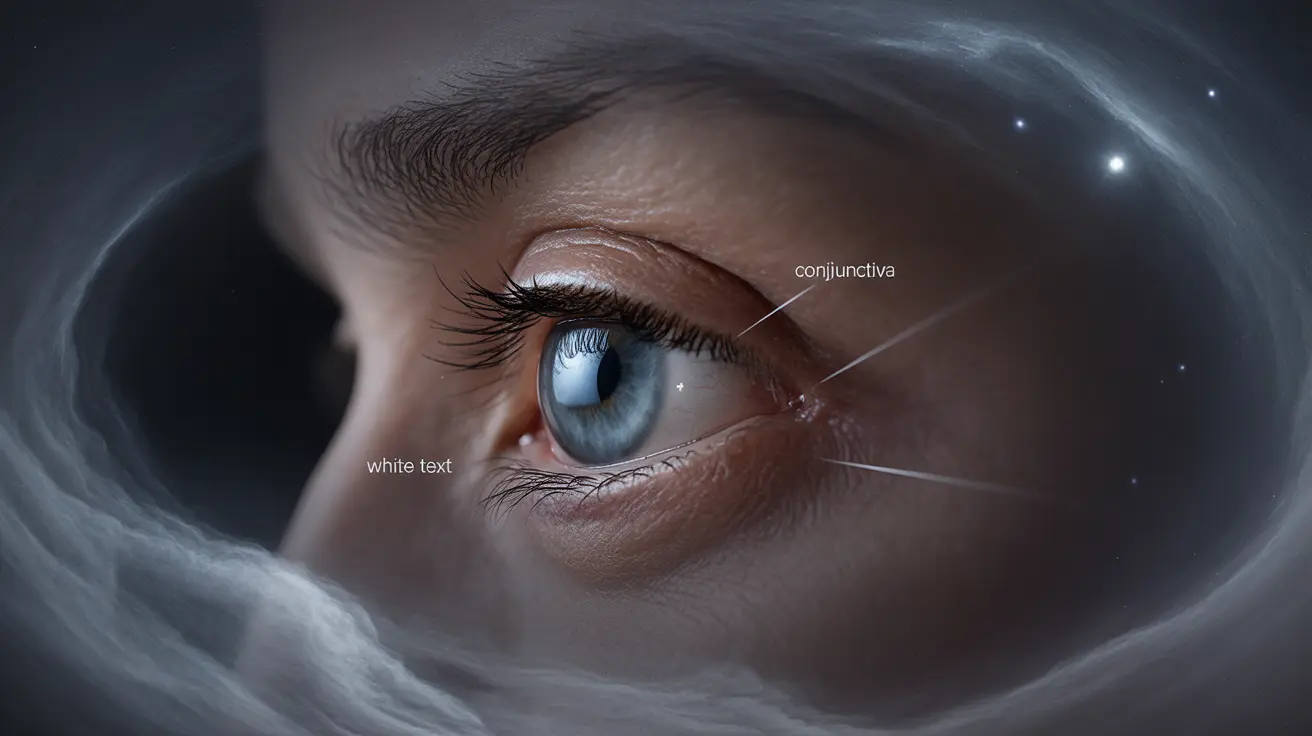Nocturnal lagophthalmos is a condition where people sleep with their eyes partially or completely open, potentially leading to various eye health complications. This surprisingly common condition can cause significant discomfort and, if left untreated, may result in serious eye problems. Understanding its causes, symptoms, and treatment options is crucial for maintaining optimal eye health.
While many people may not realize they have this condition, it's essential to recognize its signs and seek appropriate medical attention. This article will explore everything you need to know about nocturnal lagophthalmos, from its underlying causes to effective management strategies.
Understanding Nocturnal Lagophthalmos
Nocturnal lagophthalmos occurs when the eyelids fail to close completely during sleep. This condition can be caused by various factors, including facial nerve paralysis, anatomical abnormalities, or previous eye surgeries. The inability to fully close the eyes during sleep exposes the cornea and conjunctiva to air, potentially leading to dryness and irritation.
Common Signs and Symptoms
People with nocturnal lagophthalmos often experience several characteristic symptoms:
- Eye dryness upon waking
- Morning eye irritation or burning sensation
- Blurred vision, especially in the morning
- Feeling like there's something in your eye
- Excessive tearing
- Eye redness
- Light sensitivity
Diagnosis Process
Eye care professionals typically diagnose nocturnal lagophthalmos through a comprehensive examination that includes:
- Detailed medical history review
- Physical examination of the eyes and eyelids
- Evaluation of facial muscle function
- Assessment of tear production
- Corneal examination using specialized dyes
Risk Factors and Causes
Several factors can contribute to the development of nocturnal lagophthalmos:
- Bell's palsy or other facial nerve disorders
- Trauma to the face or eyes
- Previous eye or eyelid surgery
- Thyroid eye disease
- Genetic factors affecting eyelid anatomy
- Severe vitamin A deficiency
Treatment Approaches
Treatment for nocturnal lagophthalmos typically involves a multi-faceted approach:
Conservative Methods
- Artificial tears and lubricating eye ointments
- Moisture chamber goggles during sleep
- Specialized tape to keep eyelids closed
- Humidifiers in the bedroom
Medical Interventions
More severe cases may require medical interventions such as:
- Gold weight implantation in the upper eyelid
- External eyelid weights
- Surgical correction of eyelid position
- Treatment of underlying conditions
Prevention and Eye Protection
While some causes of nocturnal lagophthalmos cannot be prevented, several measures can help protect your eyes:
- Using artificial tears throughout the day
- Maintaining proper eye hygiene
- Avoiding sleeping face-down
- Using a sleep mask or eye protection
- Keeping the bedroom environment humid
Frequently Asked Questions
What causes nocturnal lagophthalmos and how can I tell if I have it? Nocturnal lagophthalmos can be caused by facial nerve problems, anatomical issues, or previous surgeries. Signs include waking up with dry, irritated eyes, morning blurred vision, and feedback from sleep partners about your eyes being open during sleep.
What are common symptoms of nocturnal lagophthalmos and how does it affect eye health? Common symptoms include morning eye dryness, irritation, burning sensation, blurred vision, and light sensitivity. The condition can affect eye health by causing chronic dry eyes, corneal exposure, and potential infection risks.
How is nocturnal lagophthalmos diagnosed by eye care professionals? Eye care professionals diagnose the condition through comprehensive eye examinations, including assessment of eyelid closure, tear production, and corneal health. They may also review medical history and evaluate facial muscle function.
What treatment options are available to manage nocturnal lagophthalmos and protect the eyes during sleep? Treatment options range from conservative approaches like artificial tears and moisture chamber goggles to medical interventions such as gold weight implantation or surgical correction, depending on severity and cause.
Can nocturnal lagophthalmos lead to complications like dry eyes or corneal damage if untreated? Yes, untreated nocturnal lagophthalmos can lead to serious complications including chronic dry eyes, corneal ulcers, scarring, and potential vision problems. Early diagnosis and treatment are essential to prevent these complications.




